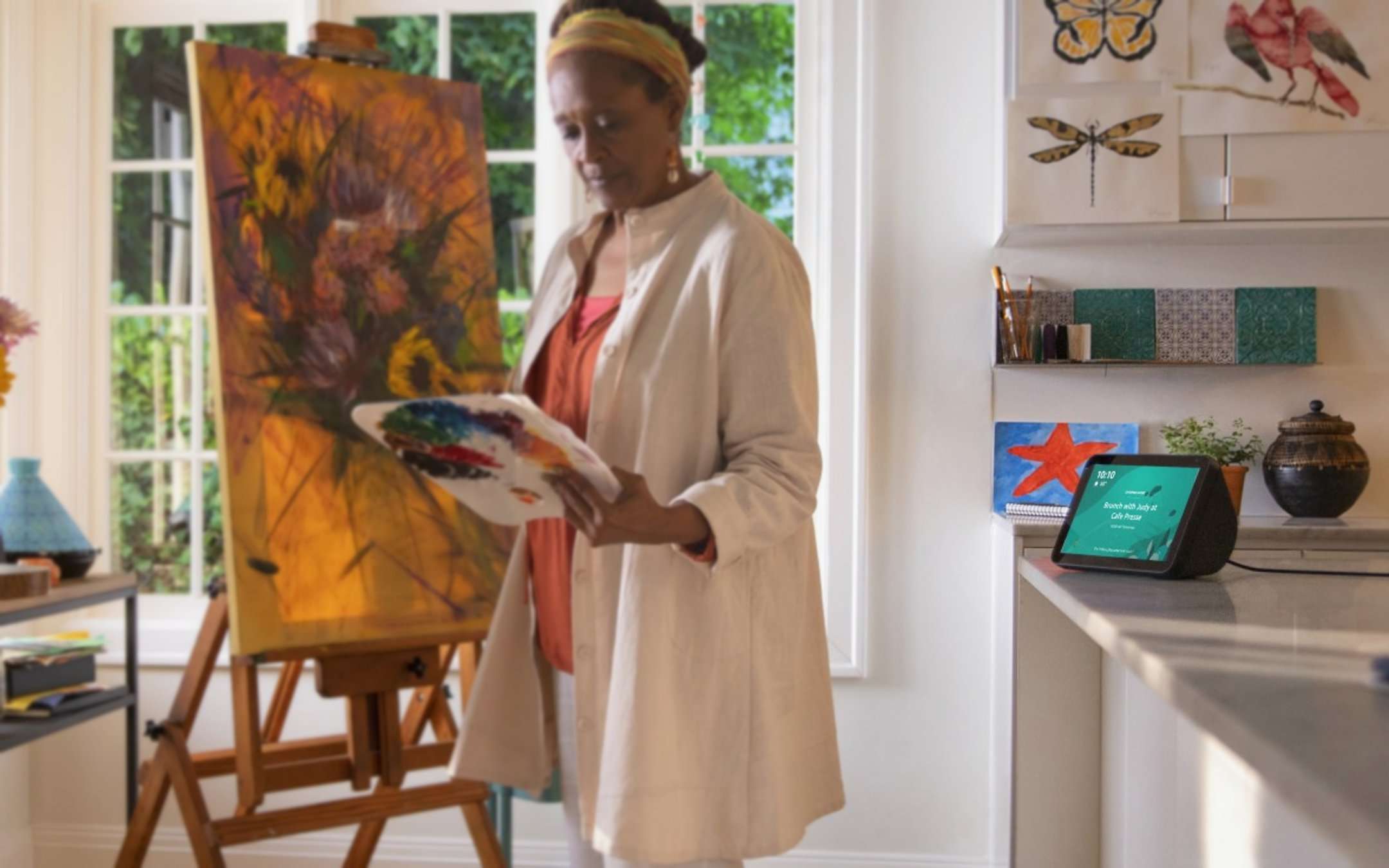
Amazon announces The Care Hub
The new “The Care Hub” starts from the United States, but in case of good results, a prompt export to the rest of the world is likely. The idea is to create a connection between multiple Amazon accounts, so that a remote account is allowed to receive some specific information that allows you to understand what is happening in the home of the assisted person.Information can be of two types: direct, through an audio / video communication which is equivalent in all respects to a call (but initiated with the sole use of the voice, a not indifferent aspect for people who are unable to difficulties in using technology), and indirect, such as a feed of activities performed during the day (such as turning on the lights or other signals that indicate an activity in progress). Through these channels it is possible to understand, with the utmost discretion, what is happening in the home to be kept under observation. The reassuring effect is evident: "far but close", to exploit an expression abused during the months of social isolation, can become a new way of staying together.
Amazon has published a dedicated page describing the essential features of this first experimentation: an interesting attempt to exploit the richness of the Alexa ecosystem, so that giving an Amazon Echo at Christmas can have an extra meaning.